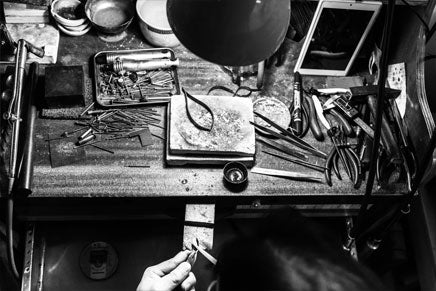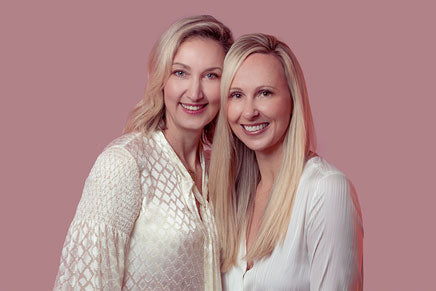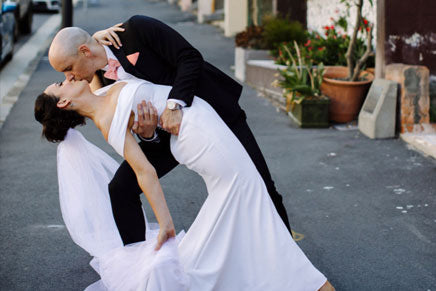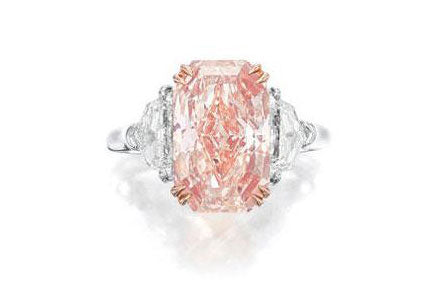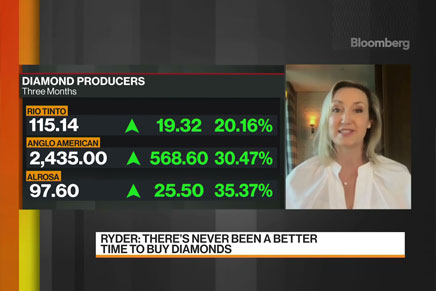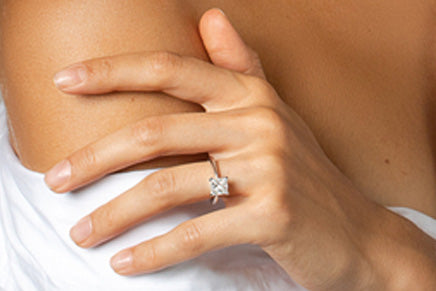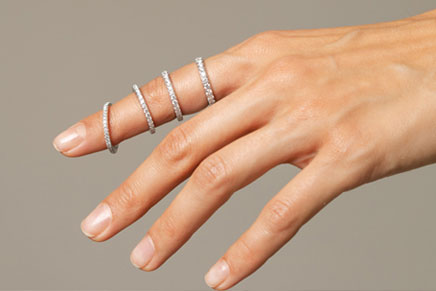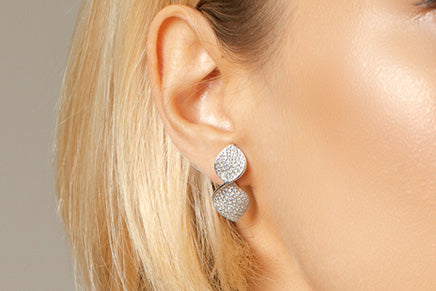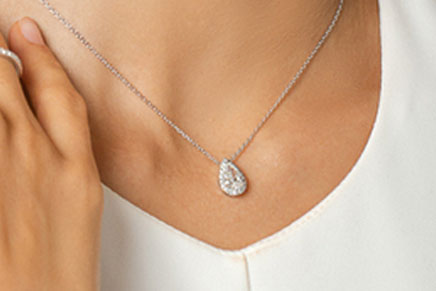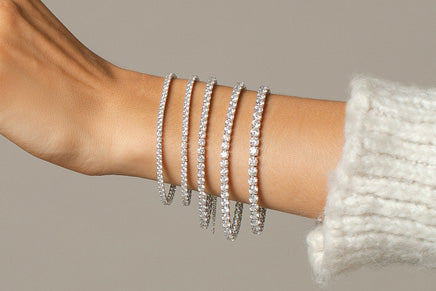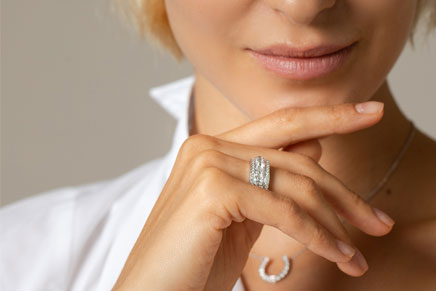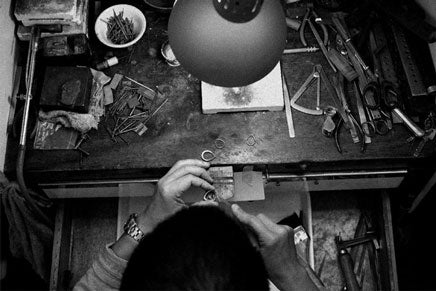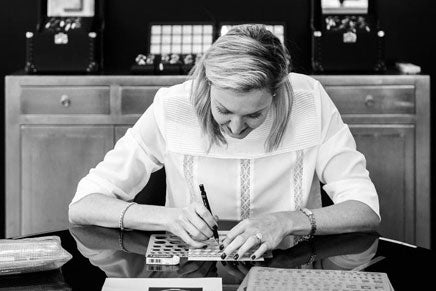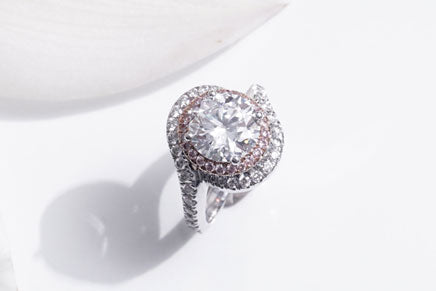Five Common Misconceptions About Diamonds
When asked, most of us have a broad understanding about diamonds, their look, shapes, value and where they come from. Knowing the 4-C’s which stand for carat weight, cut, colour and clarity is also a great starting point. In this article, we quash 5 common misconceptions associated with diamonds to guide you in your purchase.
1. Diamonds are indestructible
Did you know the word ‘diamond’ draws its roots from the ancient Greek word ‘adamas’ which means unconquerable or indestructible? It is no wonder then that we have this long-lasting association in our minds. In fact, diamonds are one of the hardest natural occurring substances in the world. It is because of this, that they have the reputation of being indestructible. Unfortunately, it is still possible to damage, chip, or scratch a diamond. This holds especially true for an engagement ring which, worn on the hand, receives the most stresses of all jewellery. To avoid any damage to your pieces we always recommend our clients to remove their jewellery before doing anything strenuous such as weightlifting exercises or moving furniture.

2. Bigger is Better
Many people believe the bigger the diamond the more value it holds. Sorry to break this to you, but it’s not the case. Multiple factors come into play when valuing a diamond such as cut, clarity, colour and carat weight (the 4 C’s we were referring to earlier). This means a larger diamond with poor clarity and colour can end up costing less than a smaller diamond with excellent clarity and colour, so make sure to keep this in mind if you have your eye on a piece of jewellery.
One of the most famous jewels in the world, the Hope Diamond (which was cut by French gem merchant Tavernier and sold to King Louis XIV in the 17th century) was recut by Harry Winston after purchasing it in 1949. By slightly reducing its size and removing inclusions (small imperfections within a diamond that are created due to extreme heat and pressure when the diamond is formed), enabled Harry Winston to increase the diamond’s brilliance. Sign up to our Masterclass series to discover how to balance the 4 C’s and receive the best value for money.
3. Two identically graded GIA diamonds are the same
GIA, which stands for the Gemological Institute of America is an independent, nonprofit organization that conducts gem research, educates gem professionals and sets the standards for determining diamond quality outside of commercial interests. One of GIA’s main functions is the grading of diamonds. A GIA diamond means the stone has been graded based on their set of standards. Often, you will see two diamonds with exactly the same grading but with different pricing which can seem a bit surprising. When looking at the two stones on paper, it seems like the obvious and best choice is to go for is the cheapest - given they both have identical ranking. Unfortunately, the GIA grading system is broad, and we always recommend as best practice to see diamonds in person and choose for yourself with the help of a professional. This is the best and safest way to make sure there are no flaws or inclusions that are visible to the naked eye. You can make an appointment with our team here to discuss the stones you have in mind.
4. A Round Brilliant Diamond is the best of all the cuts
Due to their symmetry and sparkle, round brilliant diamonds are definitely still the most popular shape of diamond. They are also the most expensive, costing upwards of 35% more than their fancy cut counterparts. Many people assume the higher price indicates that round brilliant diamonds are better, however this pricing disparity is due to the round diamond losing more ‘rough’ (diamond surface area) when cutting and polishing than other shapes. Beautiful diamond jewellery pieces can come in different forms and shapes (pear shaped, square, oval etc). If you are interested in other options check out our article about 2020 jewellery trends to see which alternatives could suit your style or browse our engagement bespoke gallery for shape inspiration.
5. Diamonds are suited for engagement & wedding jewellery only
Although it is true that diamonds are the current stone of choice for proposals, buying and wearing diamonds can be suited for plenty of other life events and occasions so no need to limit oneself. Diamonds in pieces of jewellery such as: bracelets, earrings, cocktail rings bring a chic and timeless character and can be passed on to next generations as much as an engagement ring. They are also suited for other important life events such as job promotions, anniversaries, birthdays etc. Take a peek at our lookbook to get ideas about how to incorporate diamonds into your everyday look.
Are you intrigued by the world of diamonds and interested to find out more? At Ryder, we believe that the “journey” of diamonds is important. Sign-up for our Masterclass hosted by owner and gem expert Sally Ryder and delve into the fascinating world of diamonds.

